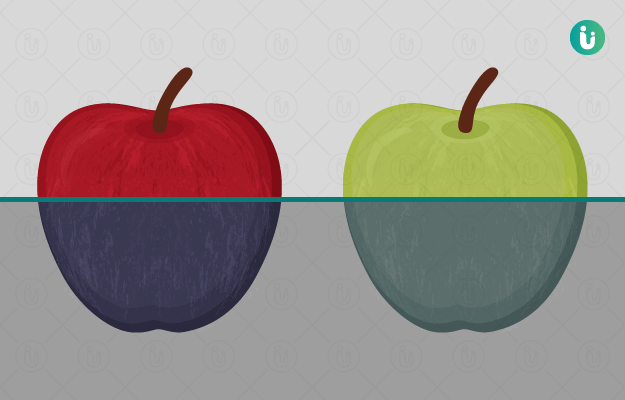Colour blindness, also known as colour deficiency, is a condition in which a person is unable to differentiate between certain colours or is not able to see any colour at all. The condition occurs due to a lack of certain cells in the eyes that help us see colours. It usually runs in families and is more common in men than in women. However, you can get colour blindness later in life due to certain eye conditions or medications.
Colour blindness is diagnosed through an eye test wherein the patient is shown a pattern with multiple coloured dots.
There is no treatment for colour blindness. The condition does not cause major trouble or disability. That said, special contact lenses or glasses that can help the person better distinguish between colours are available in the market.

 Doctors for Colour blindness
Doctors for Colour blindness  OTC Medicines for Colour blindness
OTC Medicines for Colour blindness



















